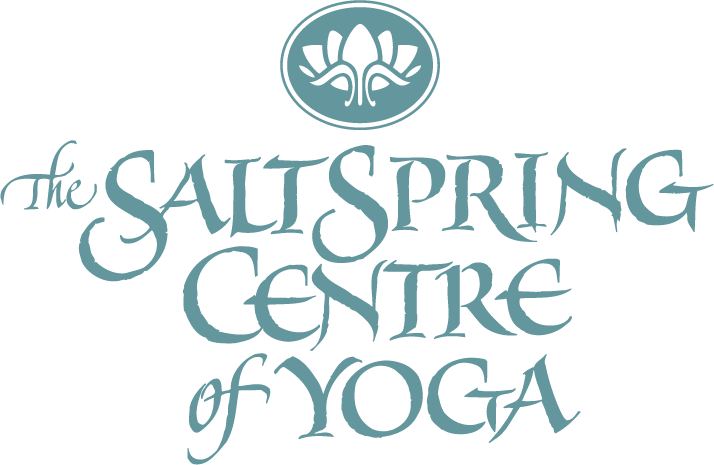Asana of the Month: Salamba Sarvangasana
Salamba Sarvangasana/Shoulderstand Pose

This asana feels amazing! You can actually feel your body changing inside as you invert. It is as if your cells start to sense that the world looks and feels different when upside down. Everything gets quiet and your breathing becomes more prominent as you respond to the balancing feeling in the body. How does your world feel when you change your view of it?
Sarvangaasana is sometimes called the Queen or mother of Asanas. The literal translation of salamba sarvangaasana is “good-for-all-of-you-pose.”
Benefits
- strengthens the entire body and creates harmony and balance in all systems
- stretches the back of the neck and opens the chest
- tones spinal nerves and brain
- keeps the spine elastic and promotes longevity
- provides calming and relaxing effect on the whole body
So, why not practice this tridoshic pose today and tomorrow and daily. Try it and see how your world feels upside down.
Preparation for Sarvangasana
It is a good idea to prepare for shoulderstand by practicing standing poses followed by downward-facing dog and some simple backbends. If going upside down is new for you, first try viparita karani mudra/reverse posture mudra.
Simple Steps to Enter Sarvangasasana

bring your knees to your forehead and hands to your mid-back
- Lie flat on your back with arms at your sides and palms facing down. Bend your knees and your arms pushing your upper arms into the mat as you bring your knees to your forehead and hands to your mid-back (fingers point upwards towards the feet). Rest here for a breath or two. Roll your shoulders under a little here.
- Support yourself with your hands on your back as you straighten your legs.
- Breathe naturally as you appreciate your beautiful feet.
Transition to Halasana/Plough Pose & Back to Sarvangasana

- Stretch up with the right foot, exhale slowly and lower leg to the ground. Allow the left leg to follow.
- Readjust your feet so that you are on your toes. Keep legs straight.
- Readjust your shoulders and arms to open up a little more. Rest here.
- Stretch up with the right leg to Sarvangasana again and feel how your body has adjusted slightly. Admire your feet as you breathe.
- Repeat with the left leg, and exhale slowly stretching leg up and then down to the ground. Find your pose here. Yummy!!!
Transition to Karna Pidasana/Ear to Knee Pose

- From halasana exhale slowly and gently bend your knees. Breathe here.
- Maybe your knees will hug your ears and you can tune in to your blood circulating inside your head as all other sounds disappear.
- Or maybe your knees gently find the ground beside your ears and you feel an additional stretch.
- Either way, hold here for several breaths before you gently roll out with legs bent. Try keeping your thighs on your chest for as long as you can.
- As your feet find the ground again, remain here for a few breaths before stretching out into jathara parivartanasana/reclining spinal twist or savasana/corpse pose.
About the Instructor
Andréa Mueller developed a daily practice starting in 2002 and completed her 200-hour teacher training in classical ashtanga and hatha yoga at SSCY in 2006. She is honoured to assist in YTT summer programs and yoga getaways at SSYC. Currently she is developing ways to integrate yoga practices at school when teaching younger children. Yoga continues to inspire and sustain her feeling of well-being and compassion on this earth. She looks forward to sharing practices and learning whenever the opportunity can be created.

